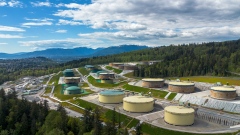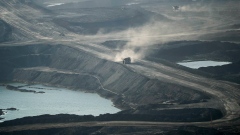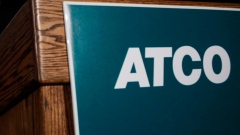Dec 11, 2023
Carbon capture extends project lifespan, worsening emissions: expert
, BNN Bloomberg
Carbon capture subsidies may worsen emissions: professor
Fossil fuel producers have pinned hopes on carbon capture as key to their energy transition, but an energy policy expert says subsidies for the technology can worsen emissions.
Emily Grubert, associate professor of sustainable energy policy at the University of Notre Dame, told BNN Bloomberg that installing a carbon capture system extends the lifespan of a project and often results in more net emissions than would have happened if the asset had shut down.
“When you do see those lifespan extensions, quite frequently, they really do cause a lot of additional emissions versus what you could have done otherwise, especially because we have a lot of other generation technologies in the power sector that are cheaper at this point,” Grubert said in a Monday television interview.
This was “explicitly true” for the Boundary Dam carbon capture project located near Estevan, Sask., Grubert added.
In 2014, the coal Boundary Dam Power Station became to first power station in the world to successfully use carbon capture and storage technology, according to SaskPower.
Saskatchewan spent $1.5 billion on the carbon capture unit and the project is still in operation today. During the third quarter of 2023, SaskPower said the project captured 217,366 tonnes of CO2.
Mechanical issues at the facility have seen it fall short of its carbon capture goals over the years. In 2021, for example, S&P Global Market Intelligence reported that the facility’s carbon capture rate was less than 37 per cent of its official target of 90 per cent.
OILSANDS CARBON CAPTURE PLANS
Grubert’s comments come as a consortium of Canadian oilsands companies has proposed building a $16.5-billion carbon capture and storage network in northern Alberta intended to lower industry emissions.
The Pathways Alliance’s carbon capture proposal is a significant part of the industry’s pledge to reach net-zero greenhouse gas emissions by 2050.
The federal government’s fall economic statement in November provided more information on a carbon capture investment tax credit it promised.
Kendall Dilling, president of Pathways Alliance, said his group has become increasingly confident in the project’s future after the fall economic statement.
With files from the Canadian Press






